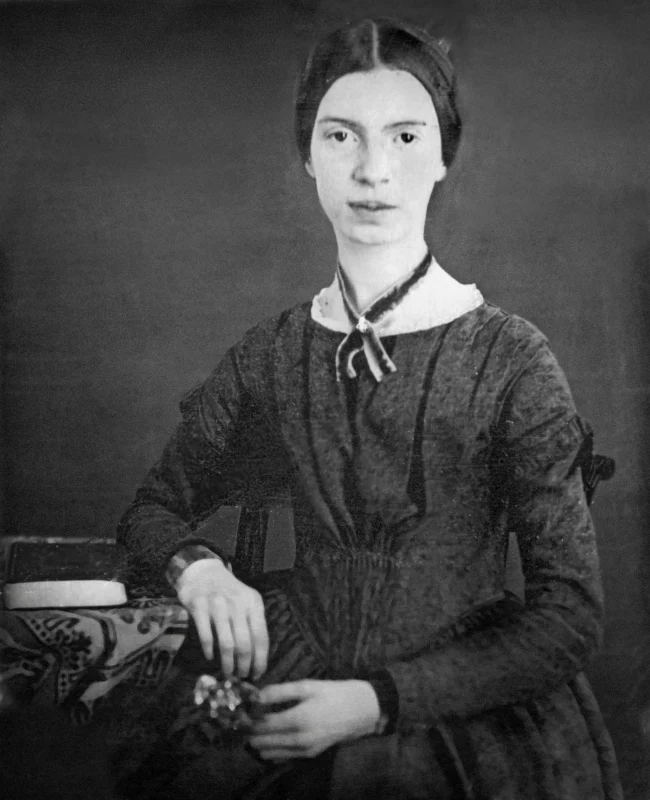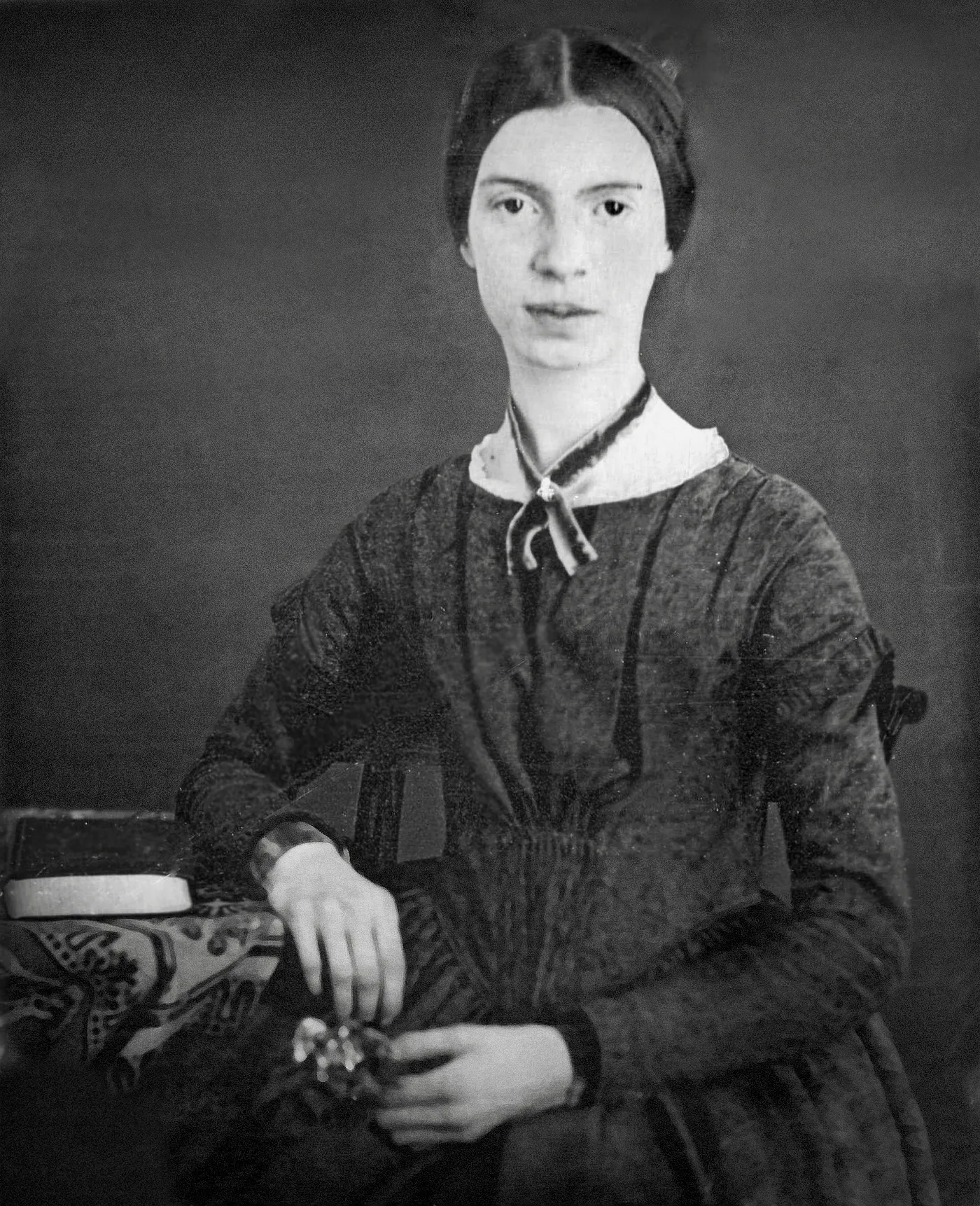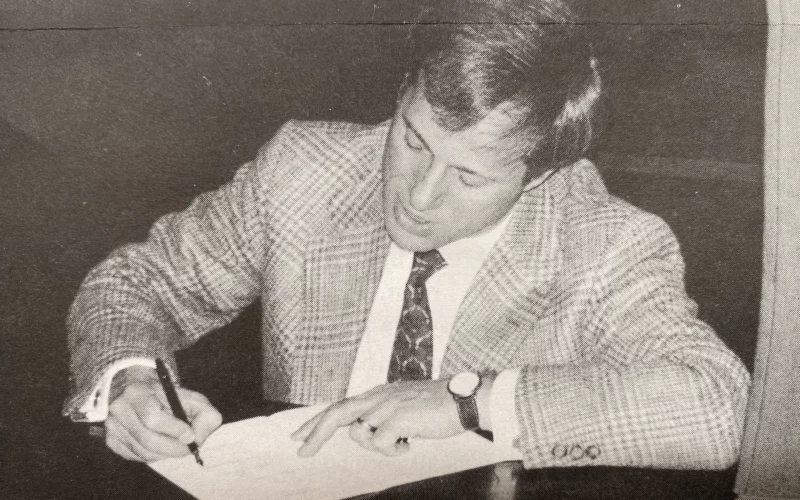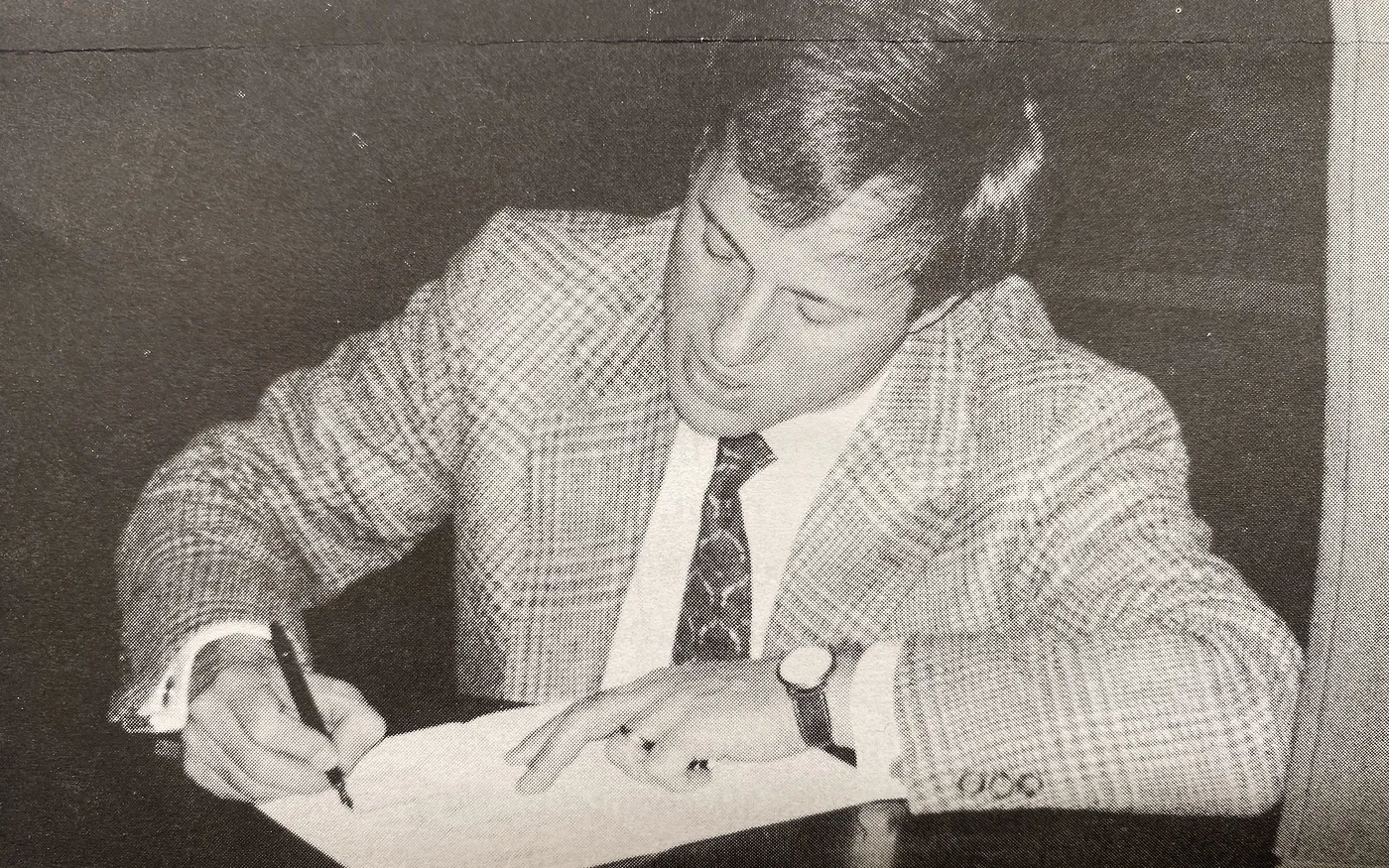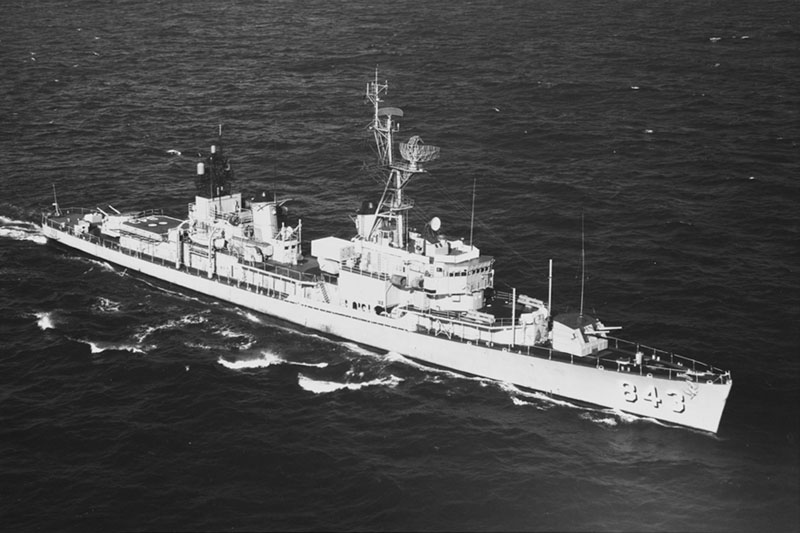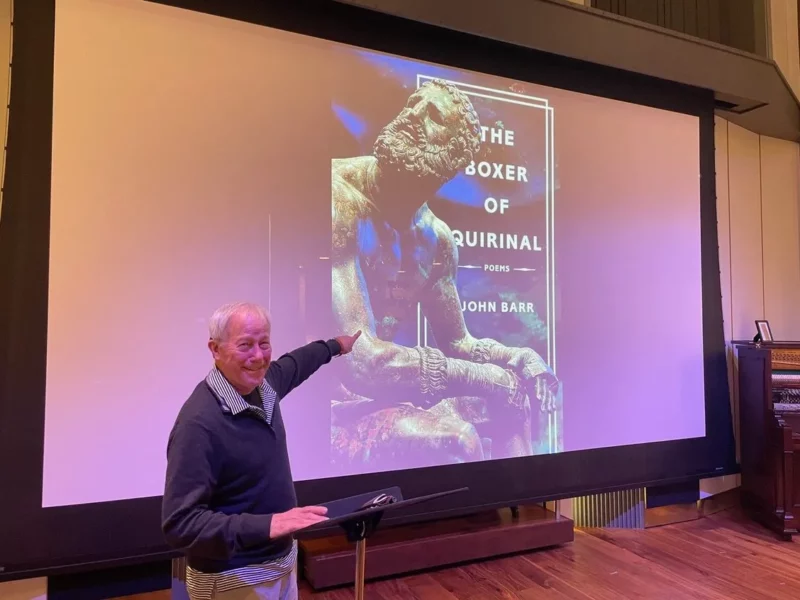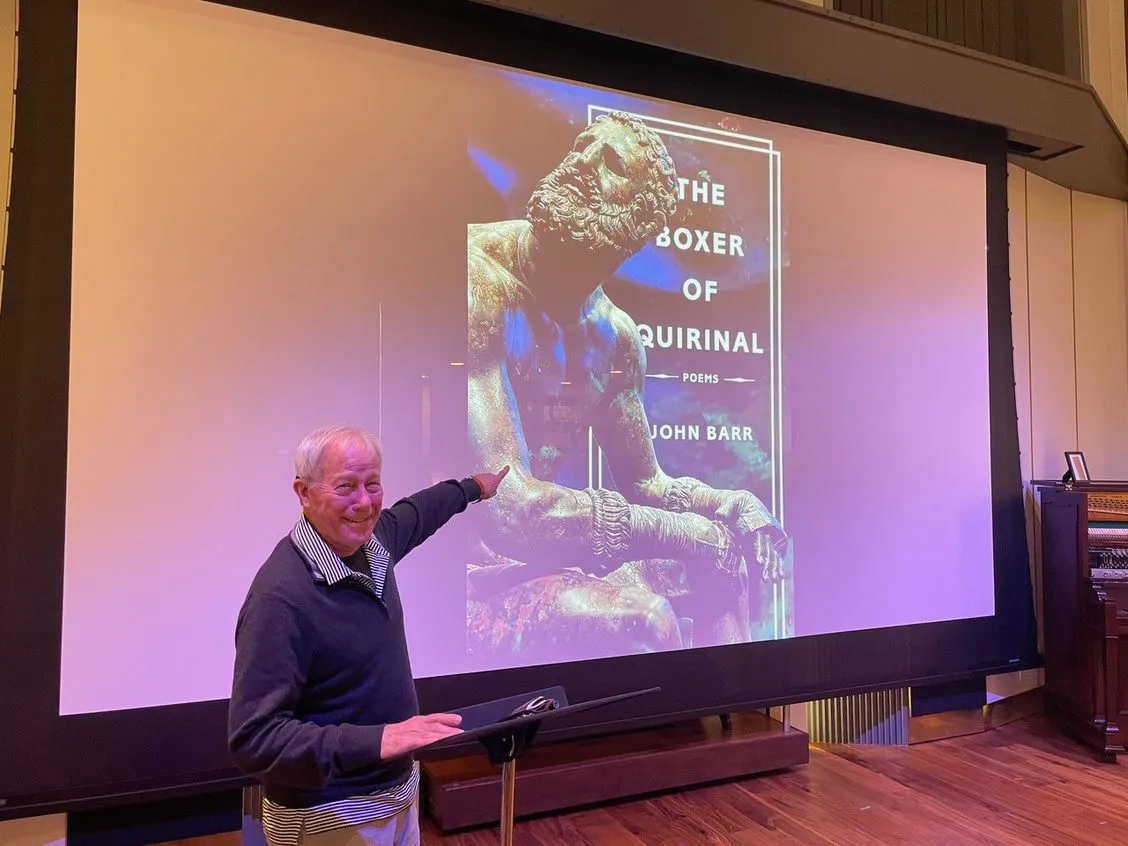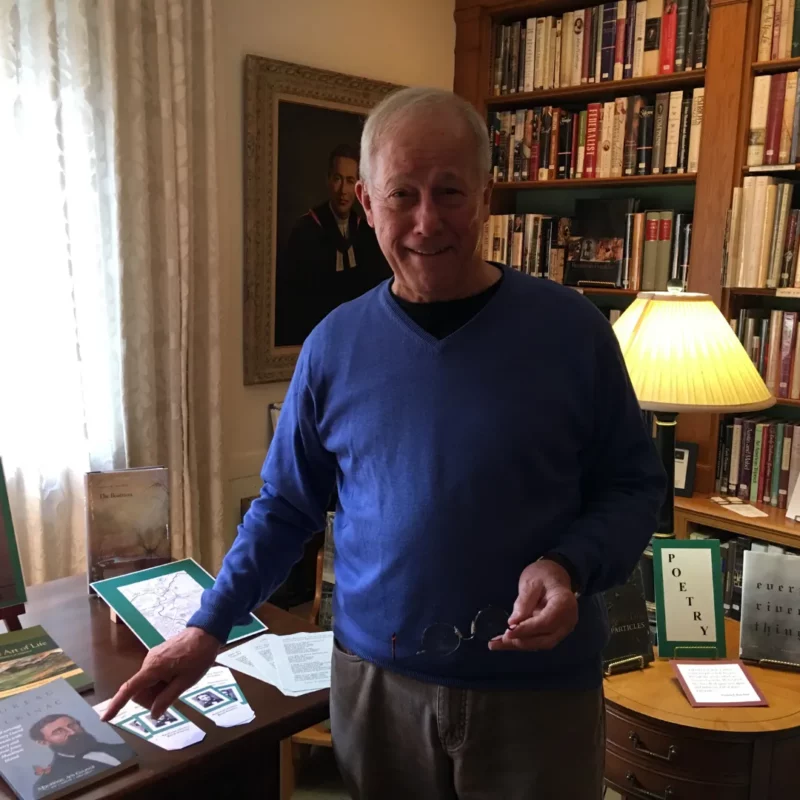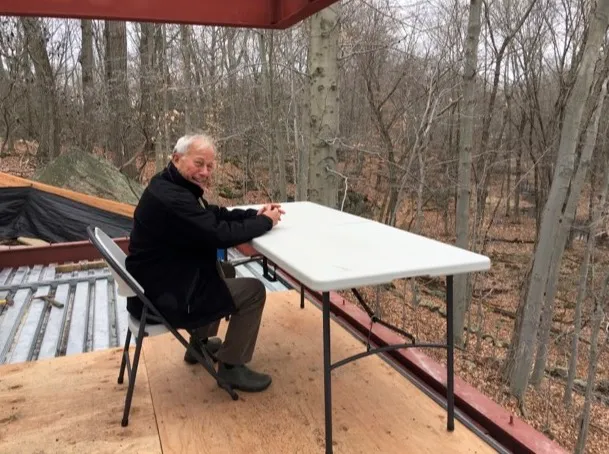How to Recognize a Poet
To be a poet is to be attached to life by a different set of hooks.

They arise from among us like mysterious denizens in the grip of something to say. To be a poet is to be attached to life by a different set of hooks. It is to go through life as a broken pivot, an unfinished sentence, a wandering binomial before the discovery of mathematics. To be a poet is to be as under-employed as a musical dwarf waiting around for Christmas. Writing poetry — that sad or joyous compulsion, that syllabic enterprise, that vigorous entablature, that subcutaneous art — comes out of the need to engage life in some primary way. For poets it is the best way of dealing with the spill and flow of reality around them. It is a way of finding our way in a world which is given to us and to which we are given. Writing poetry, like the slow generation of kidney stones, takes time. It is like pulling taffy in a snowstorm. Writing it, in that divinely-induced dementia, is like trying to fly the bed when you lie down drunk. And what we are talking about — nothing less — is the future of manned flight.
As you read this, our poets are at their curious business of reducing some part of the world to a yellow legal pad or the back of an envelope. Like any of us they follow the instinct to go where they are most alive. They are like expert skiers: Their large describing curves converting mountainside to speed, they explode from powder, dangle in miles of icy air. They seek, with all the passion of an avalanche, to put the world to rights. They know that whatever we can make in our allotted days is made of salt and virtue. They write in the knowledge that the world never tires of — indeed has an unlimited appetite for — the real thing.
The poem occurs when wonder needs to be shared. It begins with the openness of innocence; it proceeds when passion and perception engage in overlapping newfangledness. Poetry’s place is where spirit and values converge, and is a way of taking responsibility. Poetry’s place is that non-Euclidean point where parallel lines of art and moral action actually conjoin.
It’s Friday on a restive planet. You wake,
the poet in you bellowing in the pens.
It’s another day in the Holler Canyon.
It’s time to start the Nativity engine.
How to Recognize a Poet Read More »


